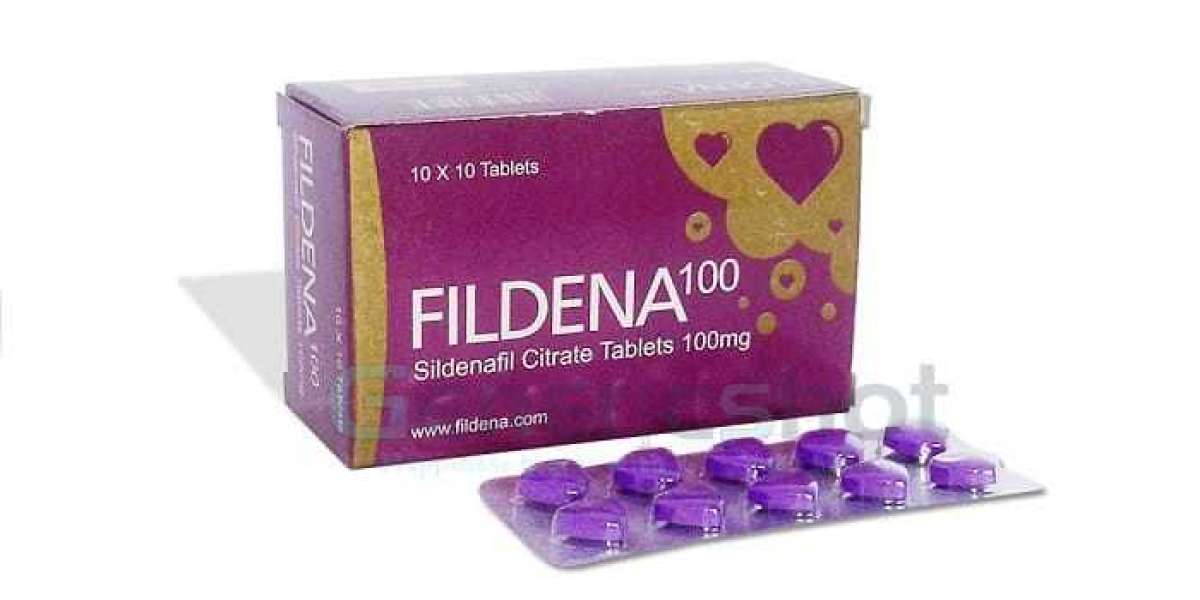Chemotherapy-induced anemia (CIA) is a prevalent condition among cancer patients undergoing treatment, characterized by a decrease in red blood cell count and hemoglobin levels due to the toxic effects of chemotherapy drugs on the bone marrow. The management of CIA is crucial as it can significantly impact the quality of life and treatment outcomes for cancer patients. The market for CIA therapies is evolving, driven by several key factors, including drug development, regulatory approvals, and market dynamics. This article explores the primary drivers shaping the CIA market, based on insights from DelveInsight's "Chemotherapy Induced Anemia Market Forecast 2032."
Request for Sample Report @ Chemotherapy Induced Anemia Market
1. Regulatory Approvals and Drug Development
One of the most significant drivers in the CIA market is the approval and introduction of new therapies. Recent developments include drugs such as Roxadustat (FG-4592), ALRN-6924, and Desidustat, which are poised to make substantial impacts on the market.
- Roxadustat: Developed by FibroGen, Roxadustat is a promising erythropoiesis-stimulating agent (ESA) that has shown efficacy in treating anemia in patients undergoing chemotherapy. A Phase 3 study announced in June 2023 demonstrated its potential in improving hemoglobin levels in non-myeloid malignancies, providing a new option for managing CIA.
- ALRN-6924: This drug, developed by Aileron Therapeutics, represents a novel approach to treating CIA. By targeting the MDM2-p53 interaction, ALRN-6924 aims to restore normal red blood cell production disrupted by chemotherapy.
- Desidustat: Another promising drug, Desidustat, is expected to offer an alternative to current ESAs. It works by mimicking the effects of erythropoietin, promoting red blood cell production and addressing anemia in chemotherapy patients.
These therapies reflect the innovation and advancement in treating CIA, which is likely to drive market growth and improve patient outcomes.
2. Evolving Treatment Practices
The treatment landscape for CIA is continuously evolving. Traditional approaches such as red blood cell transfusions and iron supplementation remain standard, but new therapeutic strategies are emerging.
- Erythropoiesis-Stimulating Agents (ESAs): ESAs like Epoetin alfa and Darbepoetin alfa have been mainstays in CIA treatment, but newer agents like Roxadustat offer enhanced efficacy and safety profiles, which can shift treatment preferences and market dynamics.
- Iron Supplementation: Managing iron deficiency is crucial for effective anemia treatment. The introduction of new iron formulations and delivery methods can improve patient adherence and outcomes.
- Supportive Care: Comprehensive management, including nutritional support and addressing comorbidities, is gaining prominence. This holistic approach is increasingly recognized as essential for improving patient quality of life.
3. Market Size and Growth Potential
According to DelveInsight, the CIA market size in the seven major markets (7MM: United States, EU5, and Japan) was over USD 1 billion in 2021. The market is expected to grow at a robust compound annual growth rate (CAGR) through 2032.
The growth is driven by several factors:
- Increased Cancer Prevalence: Rising cancer rates globally contribute to a higher incidence of CIA. As the number of patients undergoing chemotherapy increases, so does the demand for effective anemia management.
- Advancements in Drug Development: Ongoing research and development are likely to yield new therapies, expanding treatment options and driving market expansion.
- Improved Diagnostics: Emerging diagnostic approaches are expected to enhance the detection and management of CIA, leading to increased market uptake of novel therapies.
4. Key Players and Competitive Landscape
The CIA market is highly competitive, with several major pharmaceutical companies involved in developing and marketing therapies. Key players include:
- Astellas: Known for its contributions to anemia treatment, Astellas is active in the CIA market with various therapeutic approaches.
- FibroGen: With drugs like Roxadustat, FibroGen is a significant player, driving innovation and competition.
- AstraZeneca: This global pharmaceutical company is involved in developing new therapies for CIA.
- Pfizer Inc.: Pfizer's portfolio includes several anemia treatments, impacting the CIA market.
- F. Hoffmann-La Roche Ltd.: Roche’s involvement in anemia therapies contributes to the competitive dynamics of the CIA market.
These companies are not only developing new drugs but are also engaged in strategic collaborations and partnerships to enhance their market position.
5. Unmet Medical Needs and Opportunities
Despite advancements, several unmet medical needs remain in the CIA market:
- Effective and Safe Therapies: There is a continuous need for therapies that are both effective and have minimal side effects. Current ESAs, while effective, can have associated risks, making the development of safer alternatives a priority.
- Personalized Treatment: Tailoring anemia management based on individual patient profiles and chemotherapy regimens could improve outcomes. Personalized medicine approaches are gaining traction in addressing these needs.
- Access and Affordability: Ensuring that new therapies are accessible and affordable for a broad patient population is essential. Addressing pricing and reimbursement issues can expand the reach of new treatments.
Request for Sample Report @ Chemotherapy Induced Anemia Market
6. Market Barriers
Several barriers could impact the growth of the CIA market:
- Regulatory Hurdles: Navigating the regulatory landscape for new therapies can be challenging. Approval processes, especially for novel drugs, may be lengthy and complex.
- Market Competition: The presence of established therapies and new entrants in the market creates intense competition. Companies must differentiate their products and demonstrate superior efficacy or safety to gain market share.
- Patient Adherence: Ensuring that patients adhere to prescribed therapies is crucial. Strategies to improve adherence and patient engagement are essential for maximizing the effectiveness of treatments.
Conclusion
The Chemotherapy-Induced Anemia market is poised for significant growth driven by advancements in drug development, evolving treatment practices, and increasing cancer prevalence. Key players like FibroGen, Astellas, and Pfizer are at the forefront of this market, developing innovative therapies to address unmet medical needs. As new therapies like Roxadustat, ALRN-6924, and Desidustat enter the market, they are expected to shape the future landscape of CIA management, offering hope for improved patient outcomes and enhanced quality of life for those affected by chemotherapy-induced anemia.
For more detailed insights into the Chemotherapy-Induced Anemia market, including data on emerging therapies, epidemiology, and competitive analysis, DelveInsight’s comprehensive report is an invaluable resource.
Trending Reports:
Acute Heart Failure Ahf Market | Alstrom Syndrome Market | Biliary Tract Carcinoma Market | Chronic Plaque Psoriasis Market | Neurofibromatosis 2 Market | Penicillinbinding Proteins Market | Acute On Chronic Liver Failure Aclf Market | Age-related Macular Degeneration Market | Central Retinal Venous Occulsion Market | Cervical Cancer Market Size | Community-acquired Bacterial Pneumonia Market | Cutaneous T-cell Lymphoma Market | Idiopathic Membranous Nephropathy Market | Wet-age Related Macular Degeneration Market | Clbp Market | Corneal Endothelial Dystrophy Market | Androgenetic Alopecia Market | Interbody Cages Market | Lymphocytopenia Market | Refractory Angina Market | Stable Angina Market | Thrombocytopenia Market | Bacteremia Market | Achondroplasia Market | Beta Thalassemia Market | Acute Pharyngitis Market | Catheter-related Bloodstream Infections Market | Chronic Hepatitis Delta Virus Market | Heavy Metal Poisoning Market | Hepatorenal Syndrome Market | Hypoparathyroidism Market | Ventricular Dysfunction Market | Chronic Obstructive Pulmonary Disease Copd Market | Chronic Pruritus Market | Atypical Teratoid Rhabdoid Tumors Market | Hereditary Spastic Paraplegias Market | Advanced Renal Cell Carcinoma Market | Familial Primary Pulmonary Hypertension Market | Healthcare Pipeline Analysis | Optic Neuritis Market | Parkinson’s Disease Market | Post Traumatic Stress Disorder Market | Spasticity Market | Vitamin A Deficiency Market | X Linked Hypophosphatemia Market | Becker Muscular Dystrophy Market | Wegener S Granulomatosis/granulomatosis With Polyangiitis Market | Artificial Lung Devices Market | Diabetic Foot Ulcers Dfus Market








